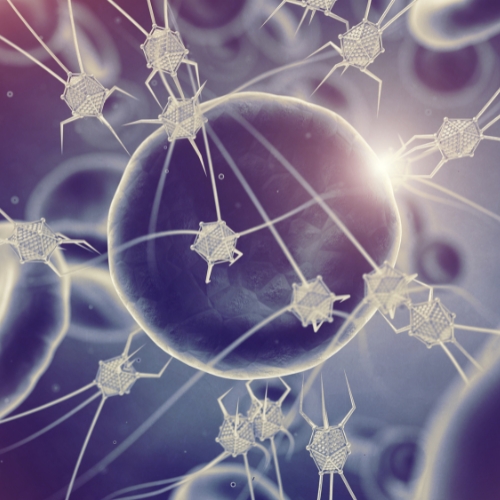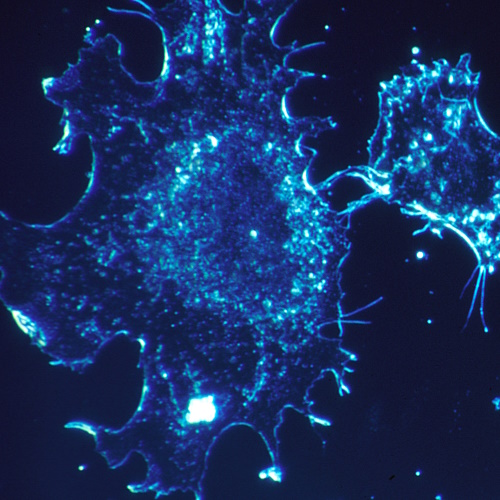Key points from article :
Nanobot can be modified to carry many different genes in different cancer types by just changing the type of sensor used.
DNA origami technique is used to build DNA nano-barrels (NBs).
It allows for precise control over the size, shape and functionality of the NBs.
The interior of NBs can be functionalized with siRNAs via DNA base pairing.
Endosomal escape agents are also loaded into the NBs using gold nanoparticles as connectors.
Function like antibodies but are much cheaper and quicker to produce.
Radio frequency electromagnetic wave is induced, results in endosomal release of the NBs into the cytoplasm.
siRNA antisense strand bind to the target mRNA, resulting in subsequent cleavage of the mRNA and silencing N the targeted cancer gene.
Upon successful construction of the nanobot, in vitro testing will be conducted using specific cancer cell lines.
This case study involves expertise from chemistry, chemical engineering, physics, medicine and biology.
Research by the University of Sydney.





